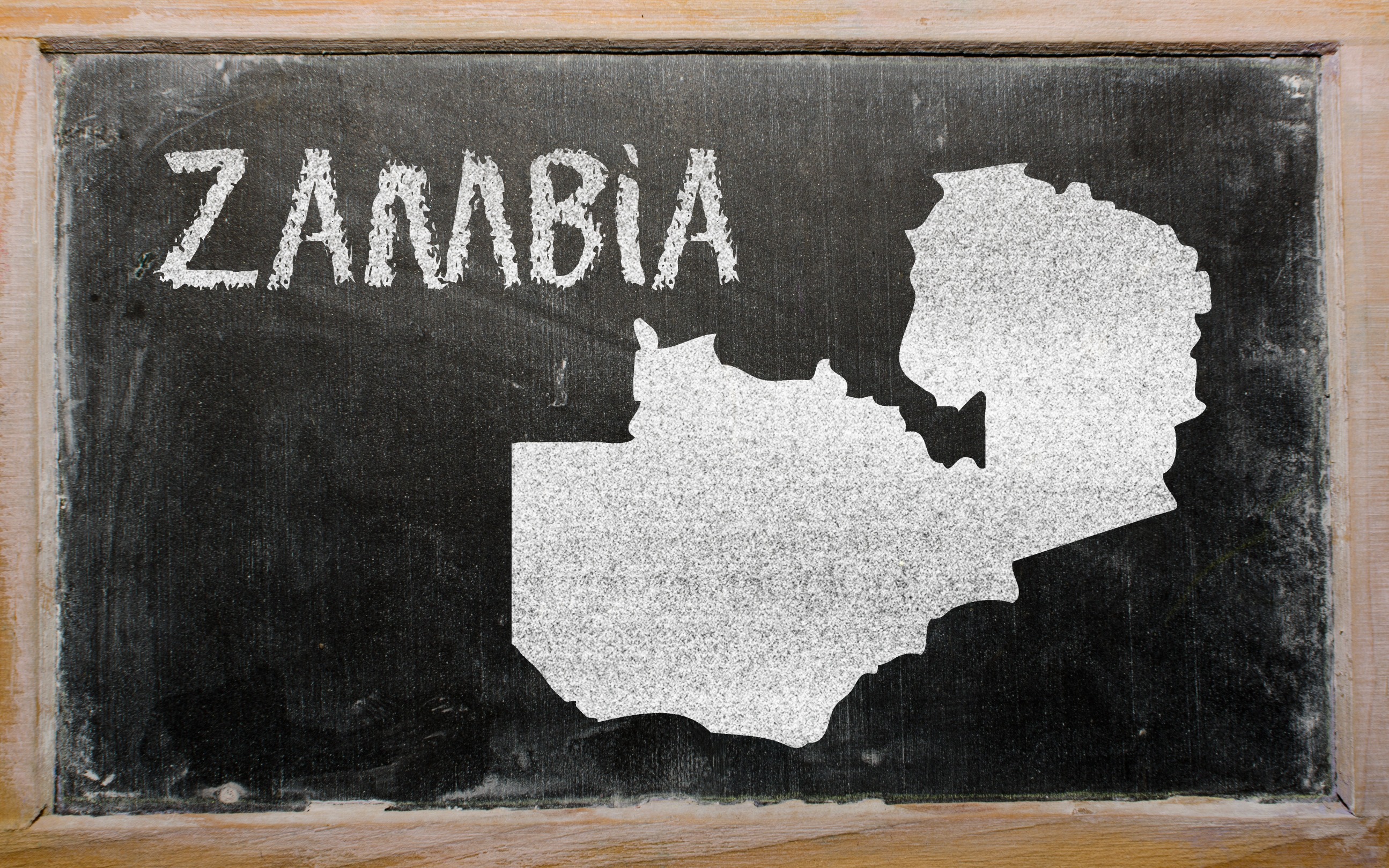
Zambia, a jewel in the centre of southern Africa, is well-known for its friendly people, lively cultural legacy, and breathtaking scenery in addition to its abundance of wildlife. This article explores the distinctive customs and traditions that exemplify Zambian hospitality, offering an insight into the social fabric that makes the nation uniquely welcoming.
The Essence of Zambian Hospitality
Zambian hospitality is deeply ingrained in the nation's culture, shaped by a history of diverse tribes and languages that enrich the country. With over 70 ethnic groups, each with its customs and traditions, Zambia presents a mosaic of cultural practices that all contribute to the renowned warmth and friendliness towards guests and strangers alike.
One of the core aspects of Zambian hospitality is the belief in communal living and the importance of relationships. This philosophy is aptly captured by the Bemba proverb "Umuntu ngumuntu ngabantu," which translates to "A person is a person through other people." This philosophy is evident in every aspect of Zambian life, from daily interactions to special celebrations.
Greeting Rituals
Greeting rituals are a cornerstone of social interaction in Zambia. It is common for Zambians to take their time during greetings, showing genuine interest in the well-being of the other person. The typical greeting involves a handshake accompanied by a slight bow to show respect, often with the left hand supporting the right elbow as a sign of humility and respect.
Among the Lozi people of the Western Province, greetings are even more elaborate, especially when addressing elders or those of higher social status. Such greetings involve clapping hands in a specific pattern before and after the handshake. Failure to adhere to these greeting rituals can be seen as a sign of disrespect.
Hospitality in Zambian Homes
Visiting a Zambian home provides a firsthand experience of the country’s hospitality. Visitors are respected to the fullest extent and are frequently viewed as a blessing. It is customary for hosts to offer food and drink to guests, regardless of the time of day. Refusing such offerings might be considered impolite, as it is a significant part of the host’s duty to ensure their guest’s comfort.
In many homes, guests are also offered a chance to freshen up. The host might provide a basin of water, soap, and a clean towel. This practice not only serves a practical purpose but also symbolises the washing away of the hardships of travel, refreshing the guests before they join the household.
Food and Feasts
Zambian cuisine is a delicious expression of the country’s hospitality. The staple food is 'nshima', a thick porridge made from ground maise, traditionally served with vegetable relishes and sources of protein such as chicken, fish, or beef. Meals are a communal affair meant to be shared, reflecting the social significance of food in building and maintaining relationships.
Feasting is a fundamental part of Zambian celebrations, whether it’s a wedding, a birth, or a national holiday like Independence Day. During such events, an abundance of food and drink is prepared, and everyone, including visitors and sometimes even passersby, is invited to partake. This open invitation is a testament to the Zambian spirit of inclusiveness and generosity.
Traditional Ceremonies
Zambia’s traditional ceremonies are vibrant displays of cultural heritage and are key to understanding the local customs. Each tribe has its own set of rituals that are observed during these ceremonies, many of which are designed to welcome and honour guests. For example, the Kuomboka ceremony of the Lozi people is a spectacular annual event involving moving the Litunga (king) from his flood-threatened palace to higher ground. This ceremony, featuring traditional music, dance, and a parade of boats, is a major attraction for tourists, who are warmly welcomed and encouraged to participate.
Another significant ceremony is the N’cwala of the Ngoni people, which marks the first fruit harvest. Guests are welcome to witness traditional dances, listen to historical narratives, and enjoy the new harvest. This ceremony not only celebrates the season’s bounty but also strengthens communal ties, including those with visitors.
Challenges and Preservation of Hospitality
While the traditional customs of hospitality are a source of pride, modernisation and urbanisation pose challenges to their preservation. The migration of younger generations to urban centres frequently causes ancient practices to become less intense. However, there is a strong, ongoing effort among communities to keep these traditions alive, recognising them as integral to the national identity and as a valuable attraction for tourism.
Conclusion
Zambian hospitality is a rich tapestry woven from the threads of various tribal traditions and modern influences. It is a powerful expression of the nation's identity and a compelling reason for its popularity as a travel destination. For visitors, experiencing this hospitality offers not just a window into Zambia's soul but also lifelong memories of warmth and welcome.
As Zambia continues to balance tradition and modernity, its people remain the custodians of a culture that celebrates openness and genuine human connection, inviting the world to experience their unique way of life.
FAQs
What should I expect when visiting a Zambian home?
Visitors to a Zambian home are treated with great respect and often considered a blessing. It is customary for hosts to offer food and drink, and sometimes a basin of water, soap, and a towel to freshen up, symbolising the washing away of travel hardships and preparing the guest for a warm welcome.
What are some common dishes in Zambian cuisine?
The staple of Zambian cuisine is 'nshima,' a thick porridge made from ground maise, usually served with vegetable relishes and proteins like chicken, fish, or beef. Meals are typically communal, highlighting the social significance of sharing food to build and maintain relationships.
Can visitors participate in traditional Zambian ceremonies?
Yes, visitors are welcome and often encouraged to participate in traditional ceremonies, which are vibrant expressions of Zambian culture. For example, the Kuomboka ceremony involves moving the Litunga (king) to higher ground, featuring traditional music, dance, and a parade of boats.
Disclaimer
Although this information was last updated in May 2024, we recommend verifying with the appropriate agencies, embassies, and airlines to ensure complete accuracy regarding your travel plans
How to Secure Your eVisa for Zambia
Step1: Complete the online eVisa application by entering your passport details.
Step2: Execute the online payment using a Credit or Debit card.
Step3: Monitor your email for payment confirmation and the electronic delivery of your visa.
